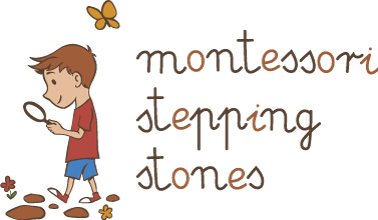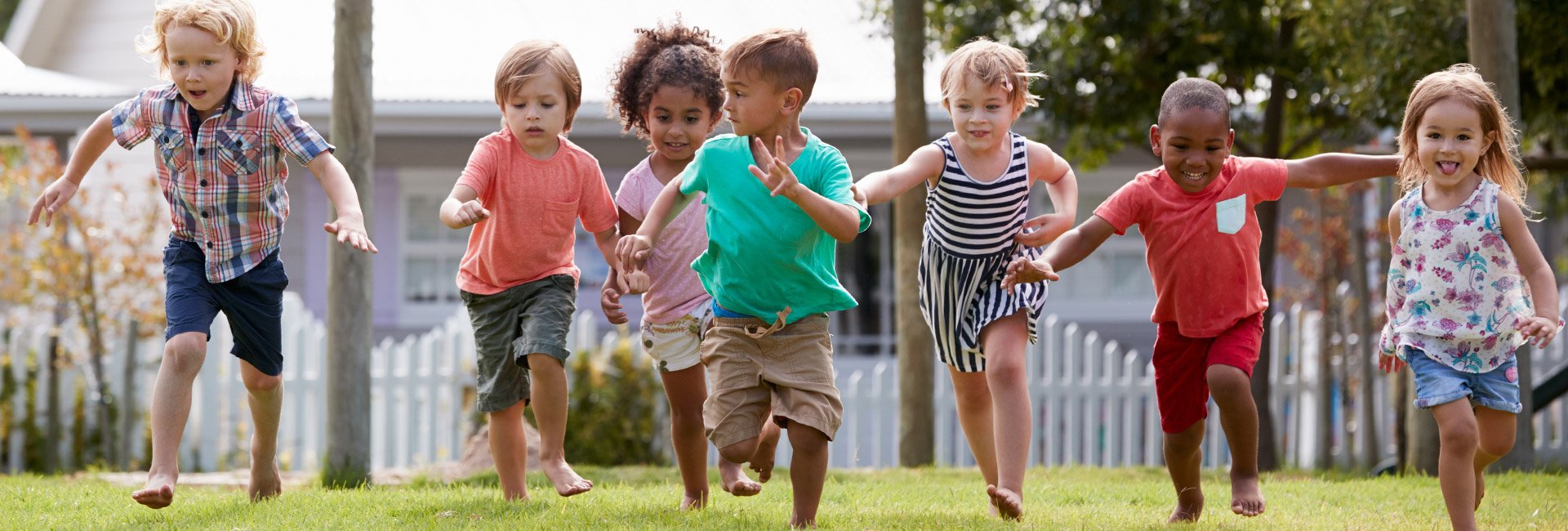Montessori Curriculum
Our programs are based on the Montessori method of education for children from 1,5-6 years old. The Montessori method is an individual, child-centered approach that promotes independent learning. It encourages children to explore and learn through experience and self correction. Children desire independence and seek perfection and the Montessori method employs these desires and motivations during "sensitive periods of learning" using specific materials and equipment designed to maximize the child’s learning and development.
Environment
With loving, nurturing devotion our qualified and experienced Montessori trained teachers exactingly prepare the environment enabling maximum commitment to a life-time love of learning. The environment in our class is prepared for the children: the materials are displayed on open and child-sized shelves so that the children can choose their work easily. Children are able to work on a table or on a mat. All the lessons are individually presented to the child when they are ready and at a level created for their abilities. The Montessori materials are designed to stimulate the child into logical thought and discovery. They develop the child’s senses and coordinate movement in preparation for reading, writing and calculating. The child learns through practice with presented materials. These concrete experiences lead to a thorough understanding of each step of a process, laying a solid foundation for more complex future work.
Teachers
Our teachers support young students to think and act independently even as they learn to explore the world in their own way. A Montessori teacher is a guide or facilitator whose task is to support the young child in his/her process of self-development by recognizing and interpreting each child’s needs. The teacher provides a link between the child and the prepared environment by introducing the child to each piece of equipment when he/she is ready in a precise, clear and enticing way. The teacher also provides a link between the classroom and the parent by meeting with each child’s parents to discuss progress.
There are five major areas of curriculum in a Montessori environment that were discovered through Dr. Maria Montessori’s scientific observation of the natural tendencies children have toward learning.
Practical Life
Children want to be with adults and to take part in the activities of daily adult life. The Montessori Practical Life materials allow them to do just that. The Practical life area provides a link between home and school. Practical Life activities help children learn how to care for themselves and their environment and find their place in the world. These activities build children’s concentration, coordination, and independence as well as indirectly preparing children for writing and reading. They also help to develop fine and gross motor control, hand-eye co-ordination and wrist control. Children learn to pour and cut, thread and fold. They serve their own food at meal-times and pour their own drinks. With more and more success comes greater confidence, giving them the internal foundation to believe in themselves with the realization that they can conquer any task through repetition and perseverance.
Sensorial
Montessori believed that sensorial experiences began at birth. Children learn through their senses and all of the materials in a Montessori environment provide learning through touch, taste, smell, sight, hearing or hands-on manipulation; “nothing comes to the intellect that is not first in the senses” (Montessori, Secret of Childhood, p.100). Through his senses, the child studies his environment. Through this study, the child then begins to understand their environment. Sensorial materials help children to discriminate between and match shapes, sizes, colors, sounds and smells. It also involves their abstract thinking and helps them to get ready for Mathematics.
Language
Language materials encourage children to use materials that will help develop both their written and verbal communication. Children absorb language from interacting within a mixed age group and from observing the interactions of others. Conversation and conversational skills are encouraged by exercises such as alphabet association, letter sounds, word building and word composition, expressive writing and reading and comprehension. Dr. Maria Montessori realized that there is a sensitive period for language development and that the richer the learning environment, the more beneficial it will be for the acquisition of language skills and a love of reading and writing.
Mathematics
Dr. Maria Montessori realized that all children have a “Mathematical Mind” and that when they are given the opportunity to explore math in a concrete way, through “hands-on” materials, abstract math concepts become easier to comprehend. All Montessori Mathematics materials are based on abstract concepts and create concrete sensorial learning materials that children use independently. Initial explorations with sensorial materials encourage children to understand basic maths concepts such as learning number recognition, counting and sequencing of numbers. Sensorial work prepares the child for a more formal introduction to mathematics, and the introduction of abstract mathematical concepts such as the decimal system and mathematical operations.
Culture
Using materials that reflect different cultures and beliefs from around the world helps children to develop a cosmic education and to become citizens of the modern world. Cultural activities lead the child to experience music, stories, artwork and items from the child’s community, society and cultural background. The areas of geography, science, zoology and botany are all included in this area. A range of globes, puzzle maps and folders containing pictures from different countries all help to give the child an insight into different cultures.



